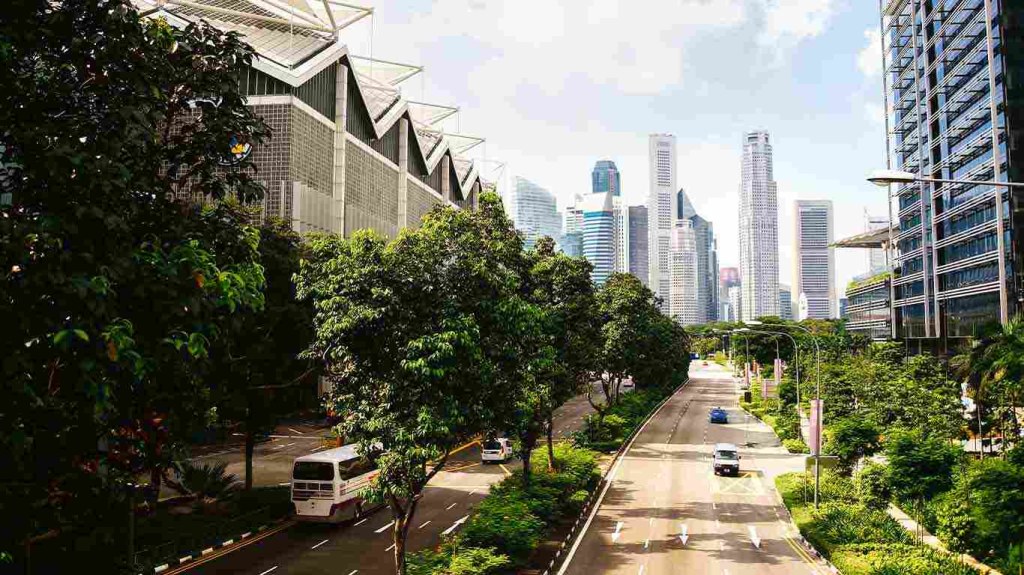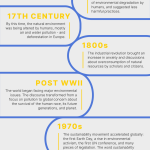Unveiling The Hidden Pitfalls Of Sustainable Living: Discover The Drawbacks And Take Action Now!
Sustainable Living Disadvantages
Introduction
Hello Readers, welcome back to our blog! Today, we will be discussing the disadvantages of sustainable living. As the world becomes more aware of the need for environmental protection, sustainable living has gained popularity. However, it is important to also consider the drawbacks and challenges that come with adopting this lifestyle. In this article, we will explore the various disadvantages of sustainable living and provide you with a comprehensive understanding of the topic. Let’s dive in!
2 Picture Gallery: Unveiling The Hidden Pitfalls Of Sustainable Living: Discover The Drawbacks And Take Action Now!


What is Sustainable Living?
🌍 Sustainable living refers to a lifestyle that aims to reduce an individual’s or community’s impact on the environment. It involves making conscious choices to minimize resource consumption and promote ecological balance. This can be achieved through practices such as recycling, using renewable energy sources, and reducing waste. While the concept of sustainable living is commendable, it is essential to acknowledge the potential disadvantages it may bring.
Who is Affected by Sustainable Living Disadvantages?

Image Source: environmental-conscience.com
👥 The disadvantages of sustainable living can impact various individuals and groups. Homeowners, businesses, and even governments may face challenges when transitioning to a sustainable lifestyle. Additionally, low-income communities may find it difficult to afford sustainable alternatives, further exacerbating inequality. It is vital to address these concerns to ensure that sustainable living is accessible to all.
When Do the Disadvantages of Sustainable Living Arise?
📅 The disadvantages of sustainable living can arise at different stages of the transition process. Initially, individuals may face a learning curve when adopting new habits and technologies. Furthermore, the costs associated with sustainable alternatives may deter people from making the switch. It is essential to be aware of these challenges and provide support to overcome them.
Where Do the Disadvantages of Sustainable Living Manifest?
📍 The disadvantages of sustainable living can manifest in various areas, from individual households to larger communities. One common challenge is the lack of infrastructure to support sustainable practices, such as inadequate recycling facilities or limited access to renewable energy sources. Addressing these issues requires collaborative efforts from both individuals and policymakers.
Why Are There Disadvantages to Sustainable Living?

Image Source: homzglobal.com
❓ While sustainable living aims to benefit the environment and society, there are several reasons why it may have disadvantages. One primary factor is the initial investment required to adopt sustainable practices. For example, installing solar panels or purchasing energy-efficient appliances can be costly. Additionally, the availability and accessibility of sustainable alternatives may vary depending on geographical location and socioeconomic factors.
How Do the Disadvantages of Sustainable Living Impact Individuals and Communities?
❗ The disadvantages of sustainable living can have significant impacts on individuals and communities. Financial constraints may prevent some individuals from incorporating sustainable practices into their daily lives. Furthermore, the lack of infrastructure and support systems can hinder the widespread adoption of sustainable alternatives. Addressing these challenges is crucial to ensure a smoother transition to a sustainable future.
Advantages and Disadvantages of Sustainable Living
Now, let’s explore the advantages and disadvantages of sustainable living.
Advantages of Sustainable Living
1. Environmental Preservation: Sustainable living helps protect the environment by reducing pollution, conserving resources, and minimizing waste.
2. Health Benefits: By using eco-friendly products and reducing exposure to harmful substances, sustainable living promotes better health and well-being.
3. Cost Savings: While there may be initial costs associated with sustainable practices, they can lead to long-term savings on energy bills and other expenses.
4. Community Engagement: Sustainable living encourages community involvement and collaboration, fostering a sense of belonging and collective action.
5. Long-Term Sustainability: By adopting sustainable practices, individuals contribute to the long-term sustainability of the planet and future generations.
Disadvantages of Sustainable Living
1. Financial Burden: Switching to sustainable alternatives can be expensive, making it challenging for individuals with limited resources to participate.
2. Limited Availability: Sustainable options may not be readily available in all areas, restricting access to those who live in remote or underserved locations.
3. Lifestyle Adjustments: Sustainable living often requires significant changes in lifestyle and habits, which can be difficult for some individuals to adapt to.
4. Construction and Retrofitting Costs: Implementing sustainable practices in existing buildings may require costly renovations and upgrades.
5. Lack of Awareness and Education: Many people are still unaware of sustainable living practices and their benefits, hindering widespread adoption.
Frequently Asked Questions (FAQs)
Let’s address some frequently asked questions about sustainable living disadvantages:
1. Is sustainable living suitable for everyone?
Yes, sustainable living is an ideal goal for everyone. However, it may require adjustments and considerations based on individual circumstances and resources.
2. Can sustainable living help save money?
Yes, sustainable living can lead to long-term cost savings on energy bills and other expenses. However, there may be initial investment costs associated with adopting sustainable practices.
3. Are sustainable alternatives easily accessible?
The availability of sustainable alternatives varies depending on geographical location and local infrastructure. In some areas, it may be easier to access sustainable options compared to others.
4. Can sustainable living negatively impact the economy?
Sustainable living aims to promote a healthier and more sustainable future, which can positively impact the economy in the long run. However, there may be short-term adjustments and costs associated with the transition.
5. How can individuals overcome the challenges of sustainable living?
Individuals can overcome the challenges of sustainable living by seeking education and support, utilizing available resources, and advocating for sustainable practices in their communities.
Conclusion
In conclusion, sustainable living offers numerous benefits, such as environmental preservation and improved health. However, it also comes with its fair share of challenges, including financial burdens and limited availability. Despite these disadvantages, it is crucial to continue striving for a sustainable future. By addressing the drawbacks and finding solutions, we can create a more inclusive and accessible path towards sustainable living. Let’s embark on this journey together!
Final Remarks
Friends, sustainable living is an important aspect of our collective responsibility towards the planet. While it has disadvantages, it is crucial to remember that every small step towards sustainability counts. Let’s encourage one another to adopt sustainable practices and work towards a greener future. Together, we can make a significant impact. Thank you for reading this article, and we hope it inspired you to take action!
This post topic: Idensr Lifestyles


